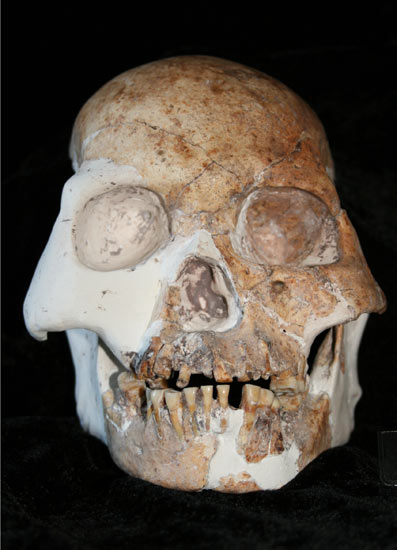 |
| Red Headed Modern European |
The gene which is responsible for red hair, fair skin and freckles may have been inherited from the Neanderthals. According to a team of scientists from Oxford University, the red hair gene could be up to 100,000 years old. The belief is that when modern humans from Africa migrated to Europe, interbreeding occurred between them and the Neanderthals and that is how we inherited red hair into our genome.
MC1R gene
The MC1R gene is linked to hair and skin colour, DNA analysis was used to find the variation of the gene that produced pale skin and red hair in modern humans. The same gene was extracted from the Neanderthal DNA sample, it was found that the gene produced the same levels of the chemical melanin. Light skin would have been an evolutionary advantage for the Neanderthals because it would have allowed them to absorb more vitamin D from the Sun which is essential for bone health.
More Information. 
